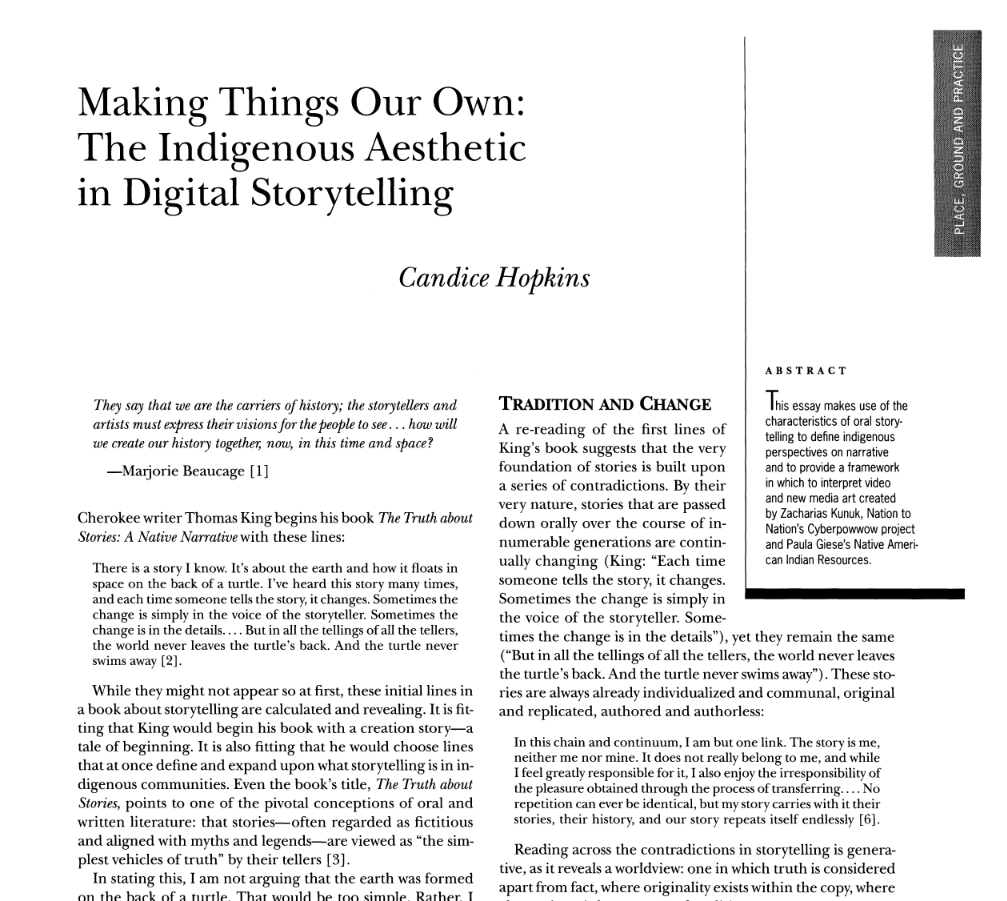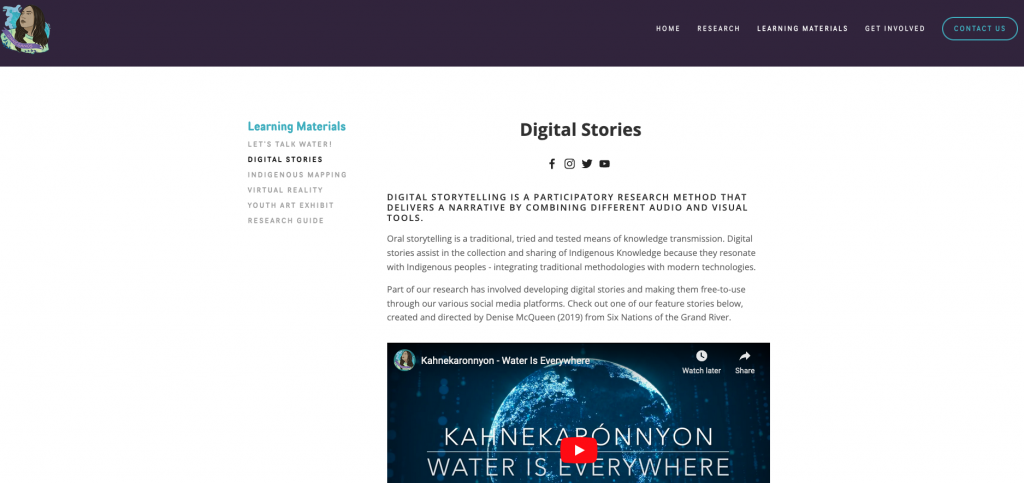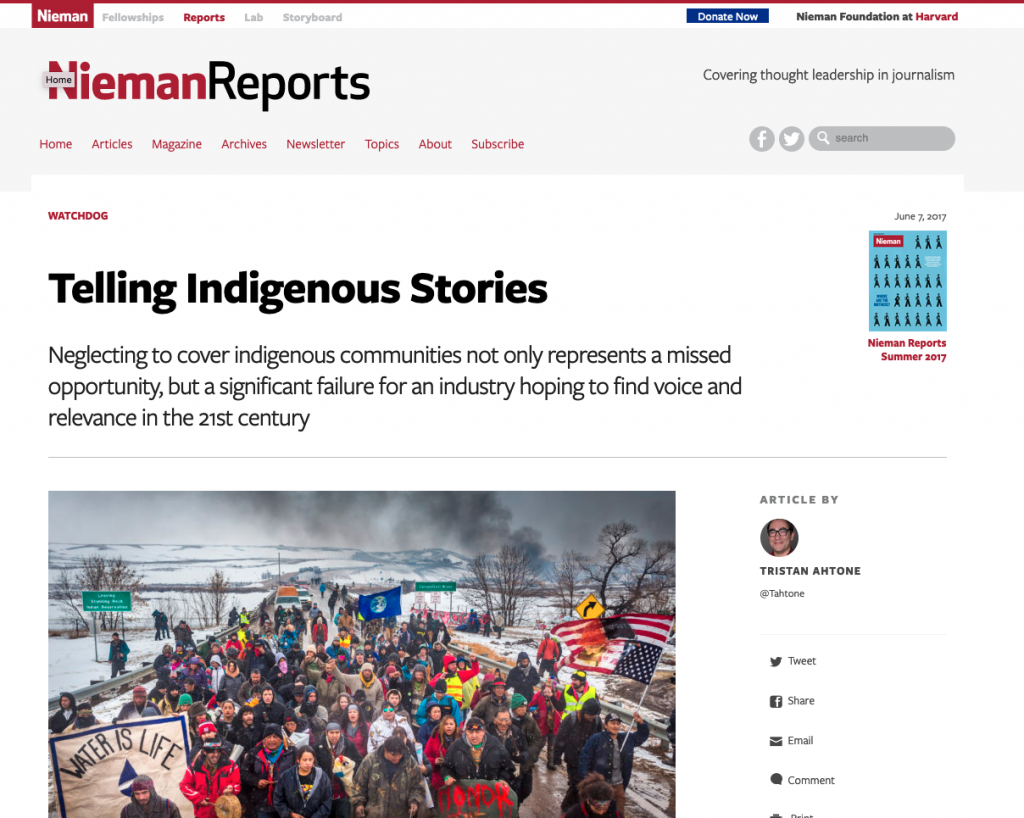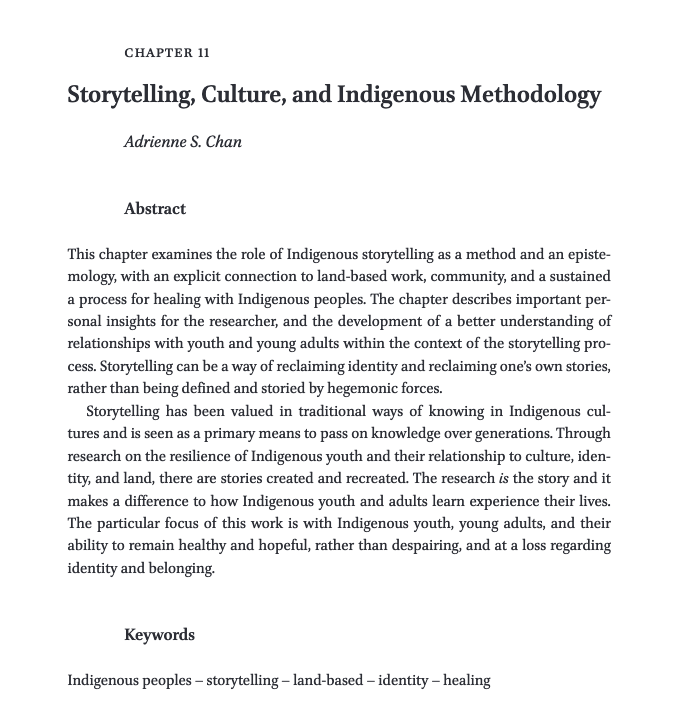Another use of technology that I found is the mapping and recording place-based oral histories initiated by the Amazon Conservation Team (ACT). They try to map real places and locations that oral histories and stories refer to.
In their methodology, they explain that: “ACT has actually long been aware of the importance of storytelling for maintaining communities’ cultural identity and their relationship to ancestral landscapes. As an organization with decades of experience working with communities to map their territories, we realized very early on the need to capture some of the histories attached to specific places in the community’s real-world geography to supplement the map.” ACT_OralHistories_Guide_2019_ENGLISH
“For many communities across the world, like the indigenous communities of the Americas, oral history storytelling is a cultural tradition imbued with traditional knowledge and associated with practices and values essential to developing personal identity.In many cases expressed primarily in oral form, oral histories are passed down from generation to generation, and can be essential to the development of the worldview of young members of a community. In ACT’s experience working with indigenous and other traditional communities in South America, oral histories are very often place-based, referencing important or sacred sites in the community’s territory.” (p. 9)
Their work resulted in an interactive map associated with stories (in different formats, video, audio, and text) connected to a particular place on the map.
The following video is a bit long, showing how this works and is worth watching.






